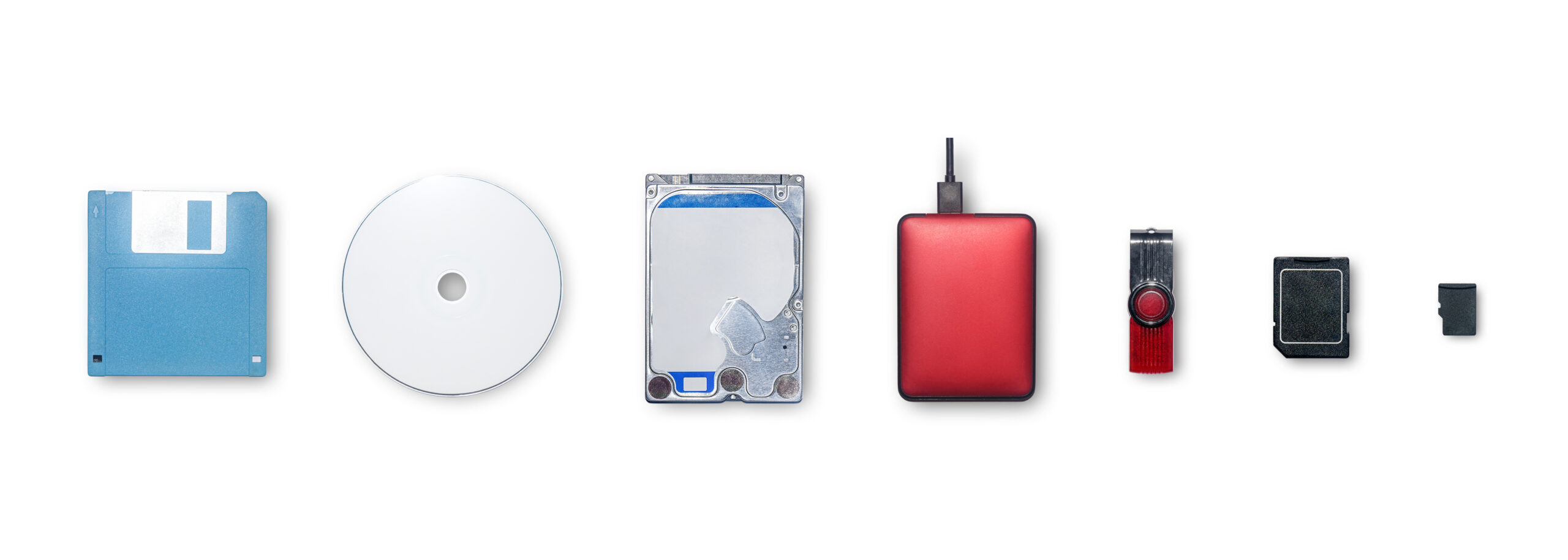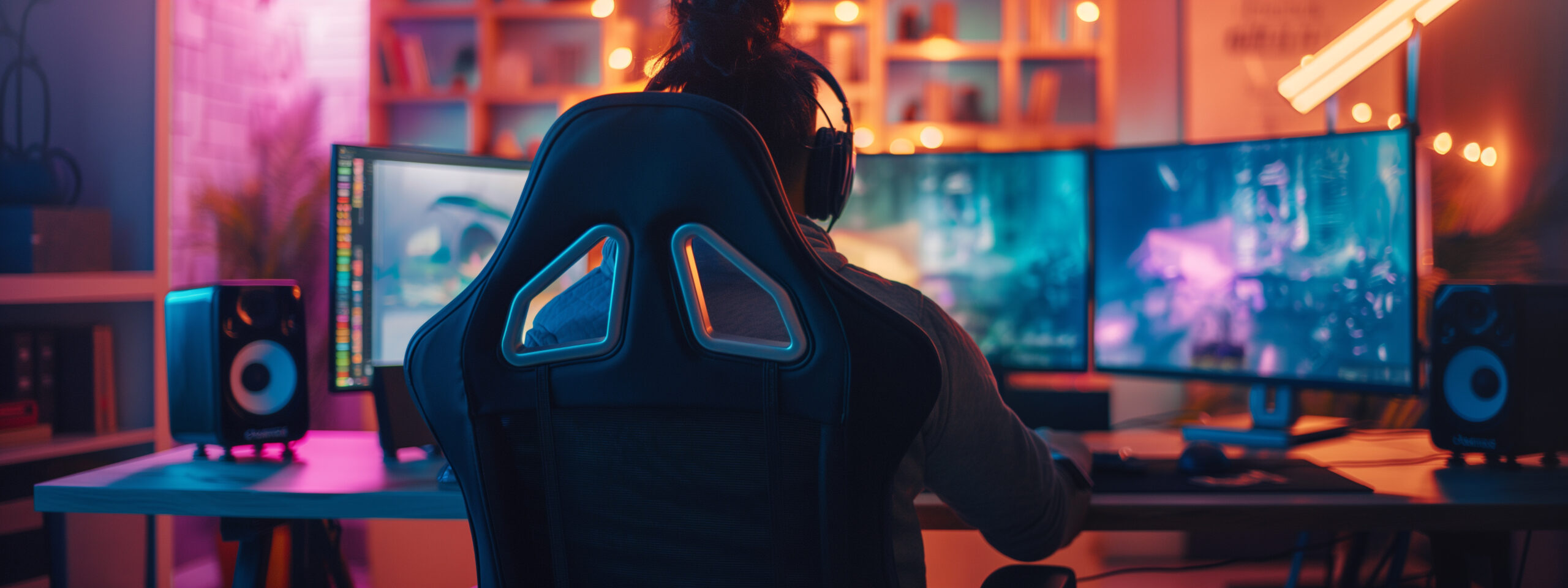Picture this: You're about to capture a perfect moment on your phone, but instead of snapping the shot, you see the dreaded "Storage Full" message. Frustrating, right? Device storage plays a huge role in how smoothly our devices run and how much we can store—from apps and photos to important work files. But how much device storage do you actually need? It’s a tricky balance—too little, and you're constantly deleting files; too much, and you might be paying for space you’ll never use.
Let’s break it down so you can make the right choice for your needs.

What is Device Storage?
Device storage refers to the built-in space on your smartphone, tablet, or computer where your data—apps, photos, videos, and documents—are stored. When storage fills up, your device slows down, updates become impossible, and simple tasks turn frustrating.
There are two main types of storage:
- Internal Storage: Built into the device and typically faster, but it can’t be removed or expanded.
- External Storage: Includes SD cards and USB drives, which offer additional space but may be slower than internal storage.
Storage capacity varies across different devices:
- Smartphones: Typically start at 64GB, but high-end models go up to 1TB. While Android phones often support SD cards, iPhones do not.
- Tablets: Usually range from 32GB to 256GB, with some models allowing expandable storage.
- Laptops: Standard sizes range from 128GB to 1TB, though upgrades are often possible.
- Desktops: Often equipped with 1TB or more, with easy upgrade options.
How Much Device Storage Do You Really Need?
Determining the right amount of storage depends on how you use your device. Let’s look at different user types:
Basic Users
If you mainly browse the web, check emails, and use social media, 64GB is usually sufficient. This covers:
- Email and messaging apps
- Light photo and video storage
- Basic productivity apps
Average Users
If you take a lot of photos and use multiple apps, 128GB to 256GB is a better fit. This ensures space for:
- A moderate app library
- Plenty of photos and videos
- Some offline music and movie downloads
Power Users
Gamers, content creators, and professionals working with large files need 512GB or more to avoid running out of space. Ideal for:
- Large gaming libraries
- High-resolution photos and video editing
- Storing work files without constant cloud dependency
Professional Users
For those handling 4K video production, massive datasets, or extensive creative projects, 1TB or more is the way to go. This is essential for:
- High-end video editing and production
- Advanced design and photography
- Large business and project files
How to Manage Device Storage Efficiently
Even with ample storage, clutter builds up fast. Here’s how to keep your device running smoothly:
- Use cloud storage: Services like Google Drive and iCloud help store files online and free up local space.
- Delete unused apps: Many apps sit idle, taking up storage—remove those you don’t need.
- Clear cached data: Apps store temporary files that can consume valuable space.
- Stream instead of downloading: Music and video streaming services prevent unnecessary downloads from piling up.
What Takes Up the Most Storage?
Certain types of files consume space faster than others:
- Videos: The biggest storage hogs—one hour of 4K video can take up 7GB or more.
- Photos: High-resolution images add up quickly—1,000 high-quality photos can use 5GB.
- Games: Some modern games exceed 100GB each.
- Apps: While most are small, some—like editing software—require significant space.
What to Do If You Run Out of Storage?
Running out of storage doesn’t always mean you need a new device. Here’s what you can do:
- Expand with external storage: If your device allows it, adding an SD card or external hard drive can help.
- Upgrade to a higher-storage model: If expansion isn’t an option, upgrading to a device with more storage might be necessary.
- Leverage cloud solutions: Services like Google Drive and Dropbox allow you to store files online, freeing up internal space.
Choosing the Right Storage for Your Next Device
Before purchasing a new device, consider your storage needs based on how many apps you use, how often you take photos and videos, and whether you work with large files. It’s always better to have more storage than too little.
Now that you understand how much device storage you really need, you can make a smarter buying decision. And if you still have questions, AffinityMSP is here to help—reach out for expert guidance on choosing the perfect device for your needs!



Leave a comment!